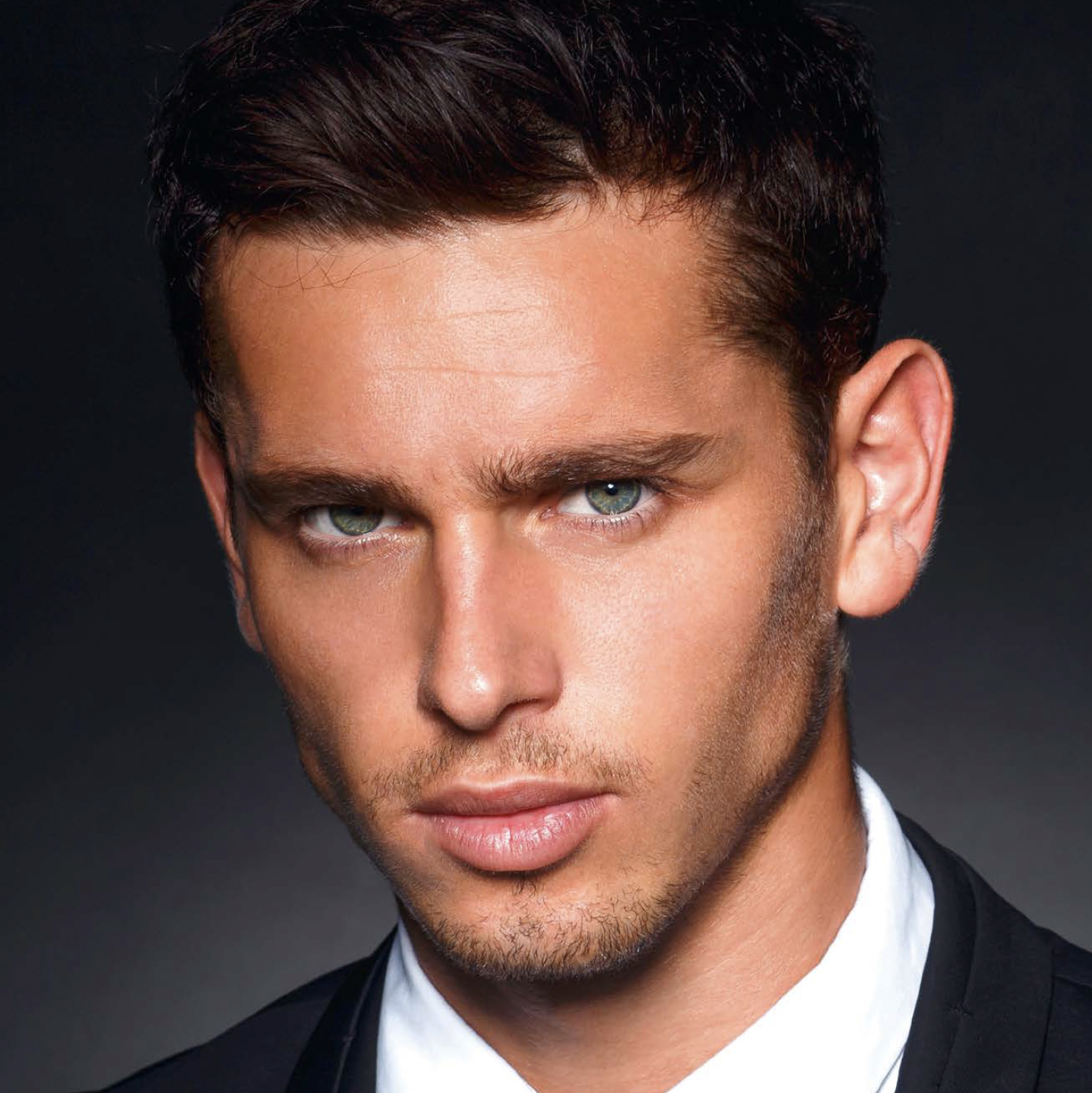By DrJean-Louis Briançon
Has hair become something to be coveted? Or a symbol of pure virility?
Since ancient times the concept of beauty and personal appearance has been a constant concern for human beings. Over centuries, people have invested time, effort and money in taming their hair. How we present our hair to others has deep-set psychological and social roots.
The hair is a message, one we transmit to others about our personality. But, throughout history, it has also been used to intentionally create a “look”.
The hair communicates in the same way as the skin: it transmits a message and a sensuality. You just have to watch someone walking, freshly-coiffed, out of a hair salon to see the miraculous psychological effect it has on their mood and behaviour.
Beards have not always been fashionable, nor has long hair on men. Let’s take a look back at men’s hair trends through history.
- 1910: Side-parting, with the hair flattened down and a prominent, thick moustache. The men of the time had started to take more care of their appearance in order to impress the people they met.
- 1920: Centre-parting with the hair still slicked down. No moustache.
- 1930: Moustaches made a comeback. This time, they were thinner and more discrete. The hair was still styled using hair gel, but was less slicked down and the cut was much more “sculpted”.
- 1940: Shaven and no hair gel.
- 1950: The 50s trend was led by one man: Elvis Presley. His look inspired the male population, with a blow-dry and a quiff being the most fashionable styles of the time. Moustaches had been out of fashion for a good twenty years by then.
- 1960: The hair revolution. Moustaches were back, with a little goatee to match, and the hair was worn much longer.
- 1970: Let your hair down! Anti-conformist hippies let their hair and body hair run wild. Natural beauty was born.
- 1980: The 80s put an end to this capillary ideology and men started to use hair gel and shaving foam again. Scraped- back long hair, no beard.
- 1990: Hirsute men with long hair began to make an appearance.
- 2000: The year 2000 made men pay more attention to their appearance, and the metrosexual style featured in magazines and on the TV. The most seductive ideal in the 2000s was a clean-shaven man with carefully-styled hair: short on the sides and long and straight at the front. 2010: Bearded men with long hair took the top spot once again!

The masculine ideal has changed a lot over the years. It makes you wonder what hair fashions will look like over the next decade. And you? Which look/decade do you prefer? But before thinking about haircuts, we need to recognize that all men risk losing their hair, some earlier than others. This type of hair loss is called androgenetic alopecia, often called baldness (permanent hair loss, not the temporary hair loss caused by stress).
Why do men lose their hair?
Imagine a phenomenon of “miniaturisation” that occurs in the follicle when the hair falls out. Miniaturisation refers to the gradual shrinking of the follicle and the thinning of the hair inside until the follicle disappears completely.
A very popular technique is PRP injections, possibly combined with mesotherapy. The plasma-rich platelets used in implantology, plastic surgery and orthopaedic surgery led doctors to use it to fight hair loss with excellent results, as proven in scientific publications. The treatment might be followed by LED sessions to reboot the bulb’s activity through photo biomodulation.
Surgical procedures are often required, such as hair micro-grafts, either using the strip method (FUT) or the follicular extraction technique (FUE), with very good results.
In parallel, the patient can have plasmapheresis sessions to treat alopecia, which is an in ammatory auto-immune disease of the hair follicles that leads to partial or total hair loss (or body hair loss).
Are there any alternatives to medicine to revive or prevent hair loss?
There are various different solutions:
- Oral medicine: In certain cases of androgenetic alopecia, Finasteride is the go-to solution (if the patient tolerates it)
- Topical medication: One of the options is Minoxidil. It is a topical product, available in pharmacies, that stimulates hair growth.
We might say that hair trends have moved down a floor, as it seems that beards have now become a fashion accessory. A beard implant might be considered if the patient is not hairy enough to grow a beard or if it is too low or patchy.
In addition to being in fashion, a strong beard makes a man look more mature and more virile. A beard graft can also hide imperfections such as scars and can harmonise the features in the lower face.
Dr. Docteur Jean-Louis Briançon 
Doctor Jean-Louis Briancon practice medicine since 1992. He is graduated in morphological anti-aging medicine, medical lasers and he is a teacher of the inter-university diploma in hair surgery. He is president of the AFME of the Rhônes Alpes area, and owner of the Clinique Crillon, medicine and hair clinic; aesthetic surgery and longevity.











